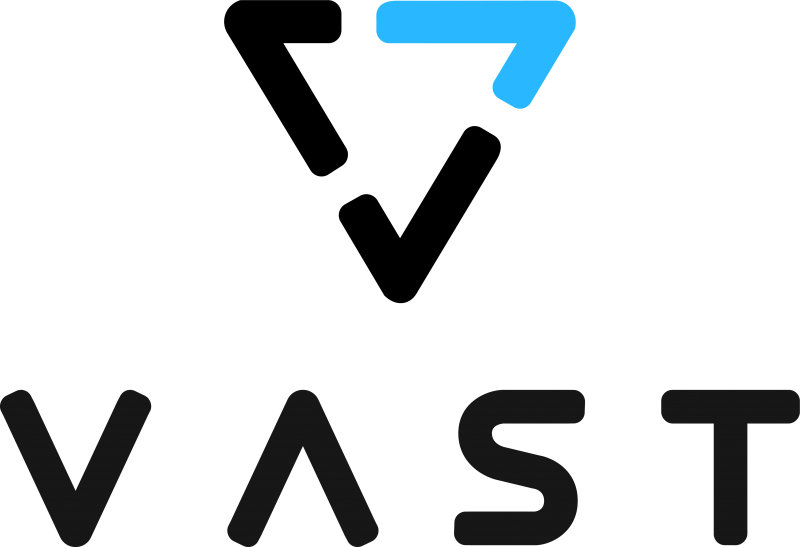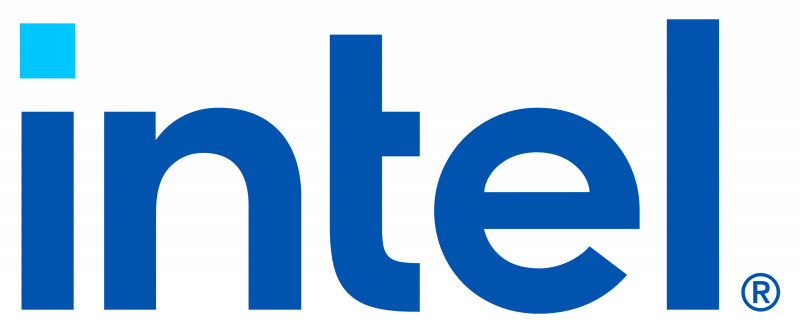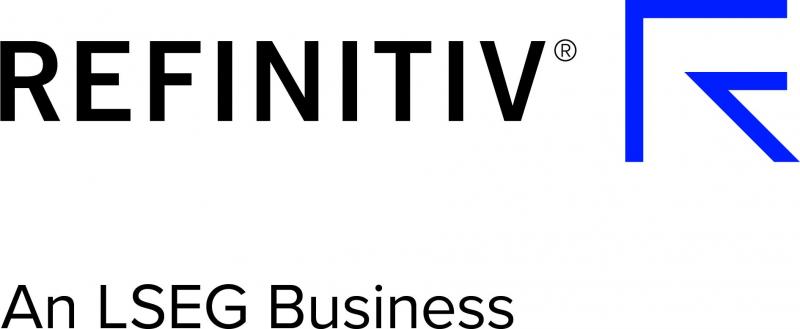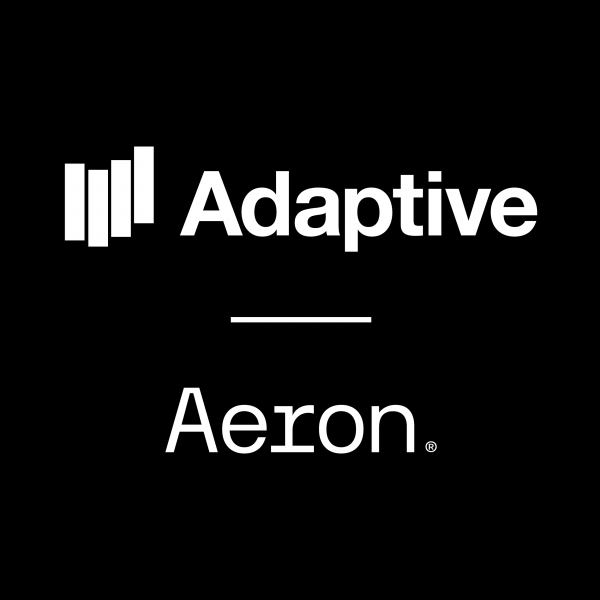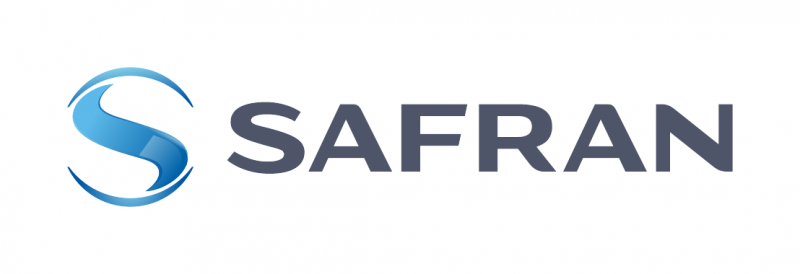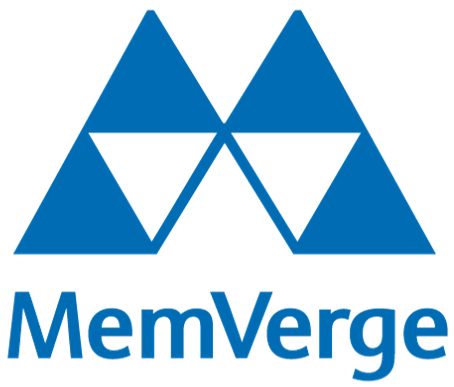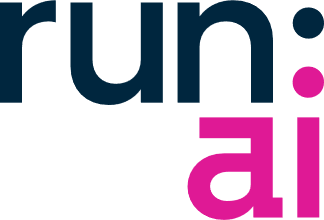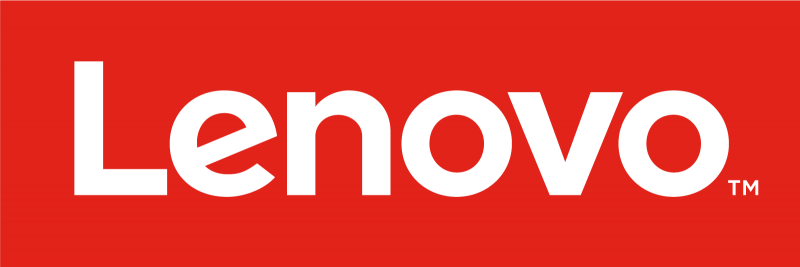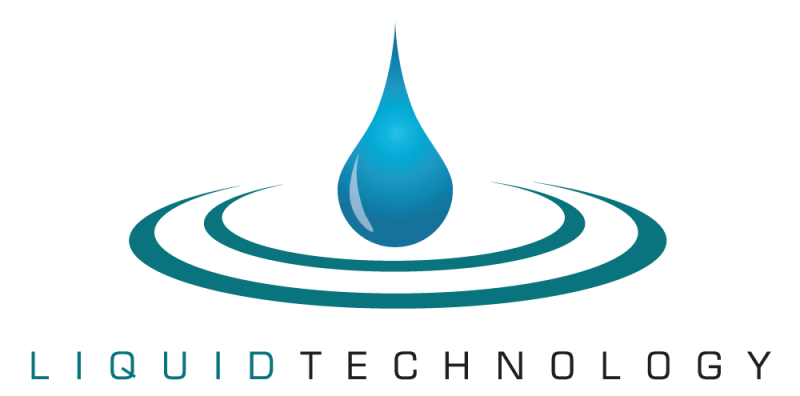STAC Summit, 31 May 2023, NYC
STAC Summits bring together CTOs and other industry leaders responsible for solution architecture, infrastructure engineering, application development, machine learning/deep learning engineering, data engineering, and operational intelligence to discuss important technical challenges in trading and investment.
Agenda
Click on the session titles to view the video and slides.

STAC Update: Big workloads   |
|
|
Bishop and Peter will present the latest STAC Benchmark Council activities in storage and compute critical workloads, including STAC-M3 (the full stack needed for enterprise tick analytics) and STAC-A3 (strategy backtesting). |
STAC Update: Machine learning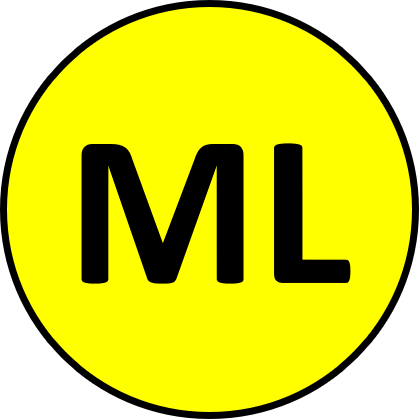   |
|
|
Peter and Bishop will discuss the latest research and STAC Benchmark Council activities related to machine learning, including updates on inference and training workloads. Peter will also present results from recent STAC-ML audits. |
Is everyone a developer now? The impact of LLMs on software development |
|
|
GPT-4 and other generative AI could be creating a watershed moment for the software development life cycle. In everything from Python to C++ and even VHDL/FPGA, large language models (LLMs) are starting to help with code generation, reviews, documentation, and testing—including creating data sets to probe the edges of algorithms. No one wants to be left behind, but adoption requires answering critical questions. Will LLMs provide great leaps in productivity or only incremental assistance? Can they turn English into an effective programming language (even enabling someone with no coding experience to develop software)? Do we risk automating the errors and poor code too often found on Stack Overflow and developer blogs? Can we benefit without leaking our trade secrets or violating someone else's copyrights? Our panel of experts will examine the extent to which financial firms and their engineers can leverage LLMs to boost productivity, improve software quality, and accelerate time to market. Along the way, they'll consider security and bug risks, as well as the guardrails needed to keep our software—and markets—safe. Join them to discuss how to benefit from the bleeding edge. To kick off, some of the panelists provided a short presentation: |
|
| "Adopting an Effective LLM Platform: Key Considerations for Success" Hunter Almgren, Distinguished Technologist, Hewlett Packard Enterprise |
|
| "Large language Models for Systematic Algo/Discretionary trading incl. Alternative Data" Prabhu Ramamoorthy, CFA, FRM, CAIA, Customer/Partner Developer Relationship Manager, NVIDIA |
STAC Update: Cloud Communications  |
|
|
Peter will discuss the latest STAC Benchmark Council updates on defining cloud communication benchmarks for on-prem-to-cloud and cloud-to-cloud communications |
Is the cloud ready for low-latency messaging?  |
|
|
Low and consistent messaging latency are fundamental requirements for trading infrastructure. Kernel bypass technologies and UDP—both often discussed at STAC events—are dominant tools in on-prem, low-latency messaging but are largely absent in public clouds. Can trading workloads migrate to the cloud without them and still be successful? Shaun thinks success is possible if you embrace different techniques and leave the "lift-and-shift" approach behind. He'll examine common issues when communicating between processes and containers over a software-defined IP network. He'll also cover emerging patterns that help overcome the challenges, including kernel bypass in the cloud, IPC, and simulated multicast. Along the way, he'll address how developers can modify software to take advantage of these patterns and achieve fanout. Be sure to bring your questions for Shaun as he explores if the cloud can support your messaging needs. |
Trading ecosystems in the cloud: Architecting for the inevitable?    |
|
|
As we've discussed at past STAC events, exchanges and central service providers are moving important functions into the cloud. Matching in traditional asset classes may take a while to migrate, but the logic for many surrounding functions is compelling. Trading firms will either want or need to follow suit, which means architecting for cloud has become critical. This raises many questions for an industry that has relied mostly on on-premises solutions. Which functions are likely to become most common in the cloud, over what time horizon? What kind of throughput, latency, and consistency can the cloud provide? How will the technologies that financial firms have come to rely on be adapted to the cloud? How should architects handle infrastructure decisions such as whether to go hybrid cloud or multi-cloud? Join our panelists as they dive into these questions and yours. |
The last centimeters: Time sync in the server   |
|
|
Precise, synchronized clocks are necessary to monitor, manage, and continuously improve low-latency systems. Network synchronization for delivering accurate, reliable time from an authority to a system has been an important topic of discussion and learning at previous STAC events. But trading software requires synchronization all the way to each CPU core. These remaining centimeters have always been a weak link due to the non-determinism in relying on software for time sync. Kevin will present how to get the most from PCIe Precision Time Measurement (PTM), a hardware-based solution that transfers time across multiple components with independent local time clocks. He'll cover how PTM enables time coordination, demonstrate its efficacy, and explain how you get started. Bring your questions and join Kevin as he explores what to do when the "last mile" is measured in centimeters. |
STAC Update: Fast data |
|
|
Peter will discuss updates from the FPGA special interest group and the latest results and STAC Benchmark Council activities related to low-latency/high-throughput realtime workloads. |
Can trading transition to 25G? |
|
|
Migration to 25G, 40G, and 100G Ethernet is in full swing among enterprises and cloud providers, but exchange connections and trading infrastructures have resolutely remained at or below a 10G ceiling. It is tempting to believe this will always be so. But ever-increasing data rates and the need for larger data sets create mounting pressure for more bandwidth. Will trading be able to resist the pressure forever? Dave will explore whether the industry can change to 25G, along with several related questions. What impact will 25G have on low-latency infrastructure, not to mention timestamping, data capture, and operational support? Will firms use forward error correction, given the latency hit, and if not, how can they manage the data risk? How will more bandwidth impact market microstructure, and will it enable more insight into exchange behaviors? Join Dave as he looks at a possible future of trading networks. |
FPGAs beyond ultra-low latency?   |
|
|
It's no secret that FPGAs are a favorite component for ultra-low latency system engineers. Firms can gain a significant edge by placing relatively simple trading strategies in an FPGA to avoid user space entirely. But what role can FPGAs play in more complex, compute-hungry strategies? Can FPGAs combine with other processors in quant-based trades or critical pricing algorithms? For that matter, does FPGA have a home outside real-time decision-making, such as in research infrastructures? Join our panelists as they discuss these questions and yours on the future of FPGAs in capital markets. To kick off, some of the panelists provided a short presentation: |
|
| "FPGA Hardware Acceleration in Electronic Trading, AI, and Data Analytics" Matt Certosimo, Data Center FPGA Field Application Engineer, AMD |
|
| "The Edge of the Edge: PCB Latency in Trading Reaction Time" Adam Sherer, Verification Technology Executive, Cadence Design Systems |
About STAC Events & Meetings
STAC events bring together CTOs and other industry leaders responsible for solution architecture, infrastructure engineering, application development, machine learning/deep learning engineering, data engineering, and operational intelligence to discuss important technical challenges in financial services.
 |
 |
 |
|---|---|---|
Event Resources
Speakers
 Matthew NassrOptiver
Matthew NassrOptiver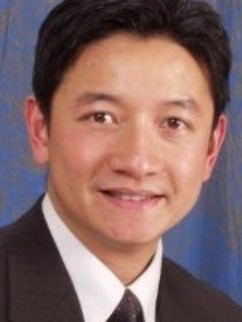 John ChanRaymond James Financial
John ChanRaymond James Financial
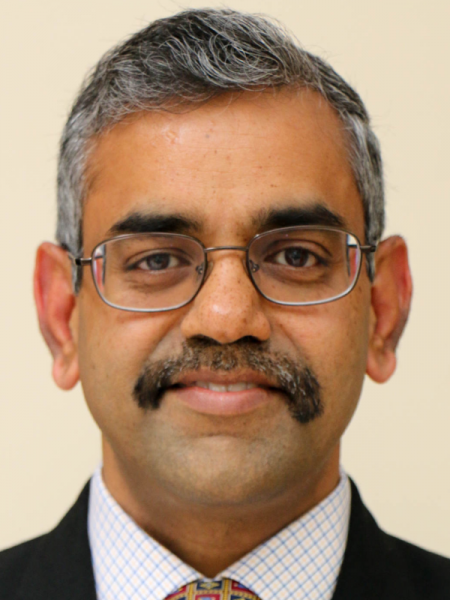 Nikhil SinghviCredit Suisse
Nikhil SinghviCredit Suisse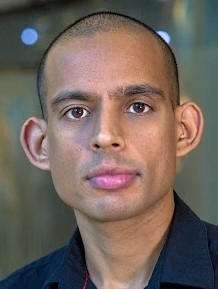 Dr. Anju KambadurBloomberg
Dr. Anju KambadurBloomberg
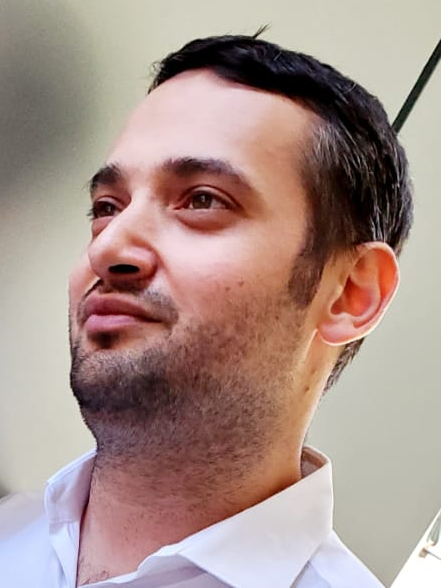 Michael GorbovitskiMorgan Stanley
Michael GorbovitskiMorgan Stanley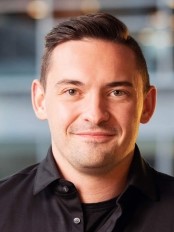 Cam ColellaFlow Traders US
Cam ColellaFlow Traders US
 Michael RothenbergDell Technologies
Michael RothenbergDell Technologies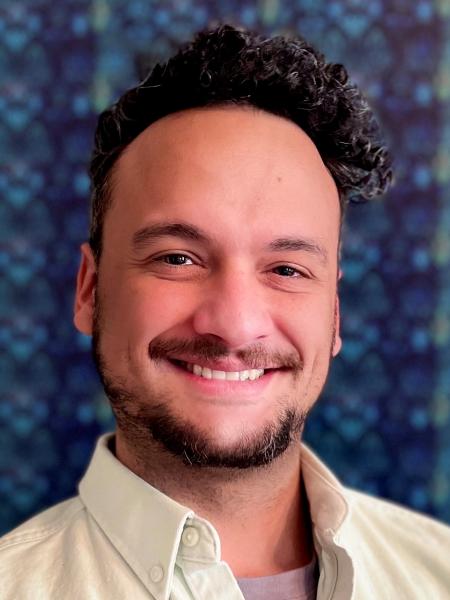 Matt CertosimoAMD
Matt CertosimoAMD
 Bryan SchrammVAST Data
Bryan SchrammVAST Data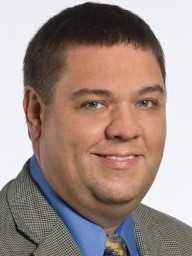 Keith MillerDDN
Keith MillerDDN
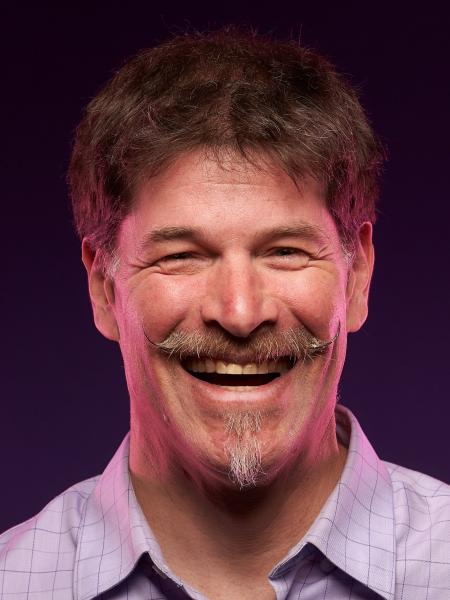 Joel KaufmanWEKA
Joel KaufmanWEKA Rob GlanzmanPure Storage
Rob GlanzmanPure Storage
 Kevin StantonIntel Corporation
Kevin StantonIntel Corporation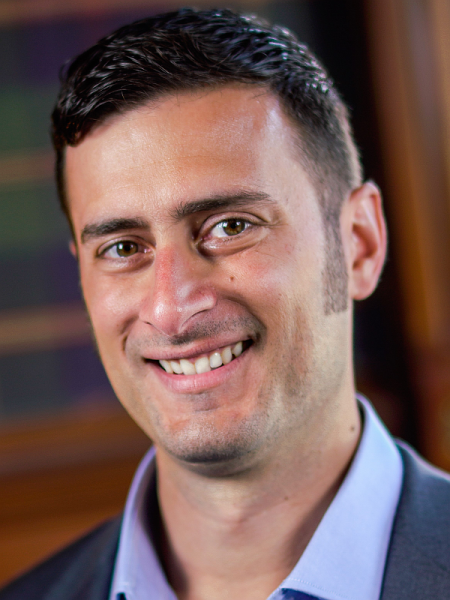 Michael GalimeKeysight Technologies
Michael GalimeKeysight Technologies
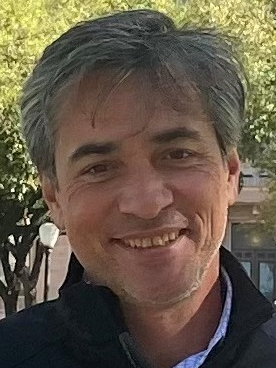 Davor FrankAMD
Davor FrankAMD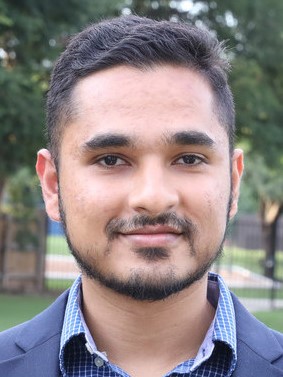 Rakshith VasudevDell Technologies
Rakshith VasudevDell Technologies
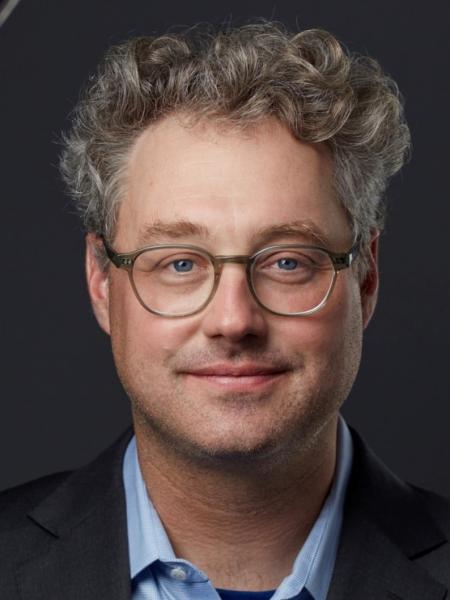 Patrick FlanneryRefinitiv, an LSEG Business
Patrick FlanneryRefinitiv, an LSEG Business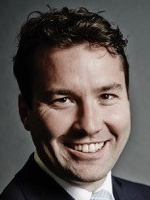 Dave SnowdonArista Networks
Dave SnowdonArista Networks
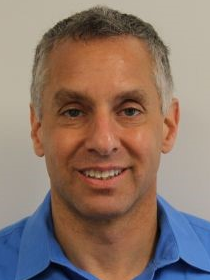 Adam ShererCadence Design Systems
Adam ShererCadence Design Systems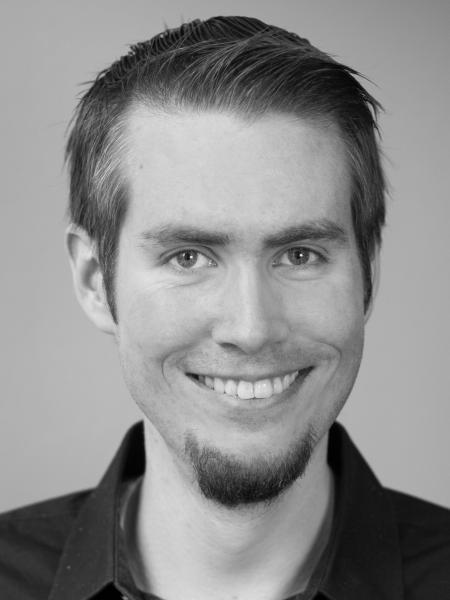 Hunter AlmgrenHewlett Packard Enterprise
Hunter AlmgrenHewlett Packard Enterprise
 Sean LaurensAdaptive
Sean LaurensAdaptive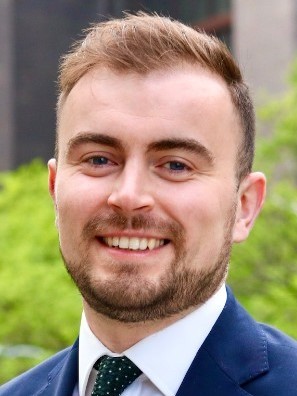 Jack KiernanKX
Jack KiernanKX
 Charles FanMemVerge
Charles FanMemVerge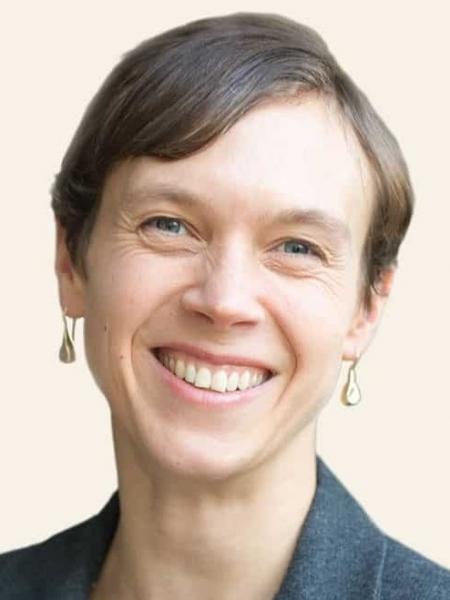 Liz CorriganMyrtle.ai
Liz CorriganMyrtle.ai
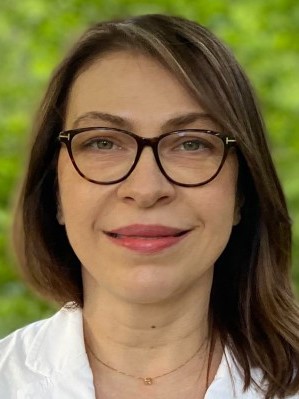 Ioana BoierNVIDIA
Ioana BoierNVIDIA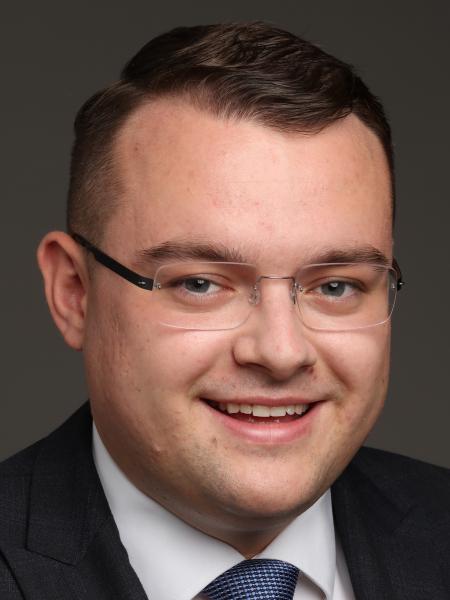 Tom StephensTechary
Tom StephensTechary
 Cliff MaddoxNovaSparks
Cliff MaddoxNovaSparks Laurent de BarryExegy
Laurent de BarryExegy
 Seth FriedmanLiquid-Markets-Solutions
Seth FriedmanLiquid-Markets-Solutions Iain KenneycPacket Networks
Iain KenneycPacket Networks


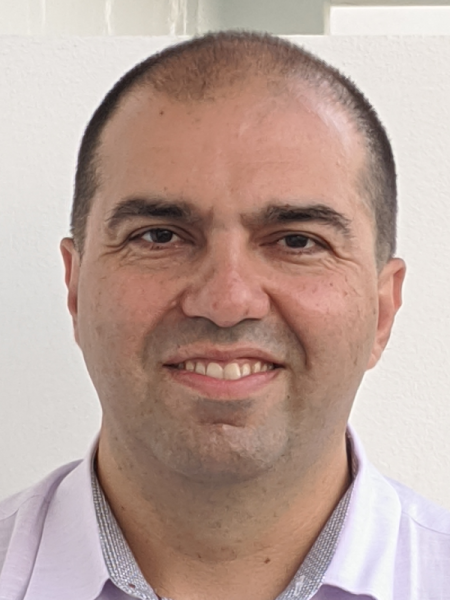 Vahan SardaryanLDA Technologies
Vahan SardaryanLDA Technologies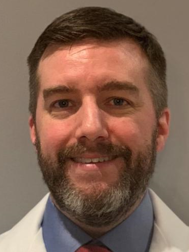 Peter NabichtSTAC
Peter NabichtSTAC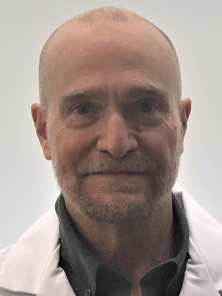 Bishop BrockSTAC
Bishop BrockSTAC



